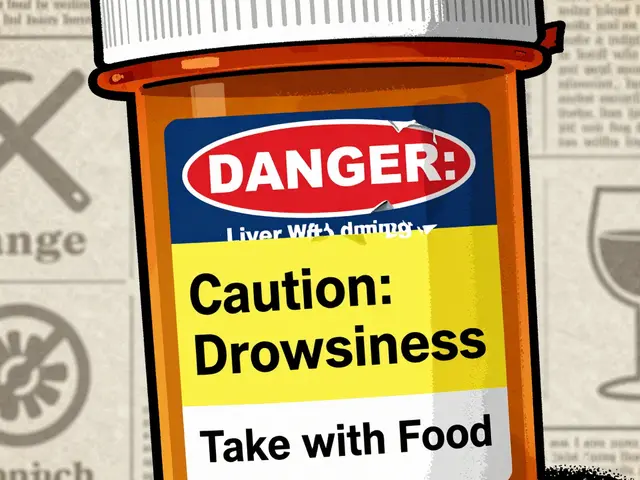Dry Powder Inhaler (DPI): How They Work and How to Use Them
A dry powder inhaler (DPI) delivers medicine as a dry powder you inhale. Unlike pressurized inhalers that spray medication, DPIs release powder when you breathe in fast and deep. That makes them simple in one way, but technique matters: if you don't inhale strongly enough, the dose might not reach your lungs.
Quick Step-by-Step Use
Different DPIs work slightly differently, so always check the leaflet. These steps cover most devices and help you get the full dose:
1. Open the device or load a capsule if required. Some DPIs have a built-in dose counter — check it.
2. Breathe out fully away from the mouthpiece. Do not blow into the inhaler.
3. Put the mouthpiece in your mouth and seal your lips around it.
4. Inhale quickly and deeply — a strong, forceful breath is key. This pulls the powder into your lungs.
5. Remove the inhaler and hold your breath for 5–10 seconds if you can, then breathe out slowly away from the device.
6. If your medicine is a steroid, rinse your mouth with water and spit it out to reduce irritation and risk of thrush.
Practical Tips & Troubleshooting
Storage: Keep DPIs dry. Humidity clumps powder and makes doses unreliable. Store the device in its case and avoid bathrooms.
Check dose counters: Many DPIs have counters. Track them so you don’t run out mid-treatment. Replace or refill before it hits zero.
Cleaning: Wipe the mouthpiece with a dry cloth. Never soak most DPIs — water can ruin the powder. Follow the manufacturer’s cleaning steps.
Common mistakes: breathing in too slowly, exhaling into the device, and skipping mouth rinses after steroids. If you feel no taste or effect, don’t double-dose without checking with your healthcare provider. Some people repeat the step once if they suspect a missed dose, but verify with instructions or a pharmacist.
Who should avoid DPIs? If you have very weak inhalation (for example, severe COPD flare or extreme weakness), a DPI may not work well. Your clinician may suggest a pressurized inhaler with a spacer or a nebulizer instead.
Medications: DPIs commonly deliver bronchodilators (albuterol/salbutamol), long-acting bronchodilators, and inhaled steroids or combination inhalers for asthma and COPD. Brand names vary by country; ask your pharmacist which form you have and how to use it.
Final notes: Practice the technique with a healthcare pro or pharmacist. Small changes in your breath speed and timing make a big difference. Get comfortable with your device and check technique at least once a year — it really helps your medicine work better.

Asthma management isn't just about albuterol anymore. This article breaks down the real-life efficiency, convenience, and user experiences of inhalers from nebulizers to dry powders. You'll get actionable tips, surprising data, and practical facts on how new devices and alternatives can change your asthma game. Navigate the world of modern inhalers for smarter, easier asthma care.
Continue Reading





